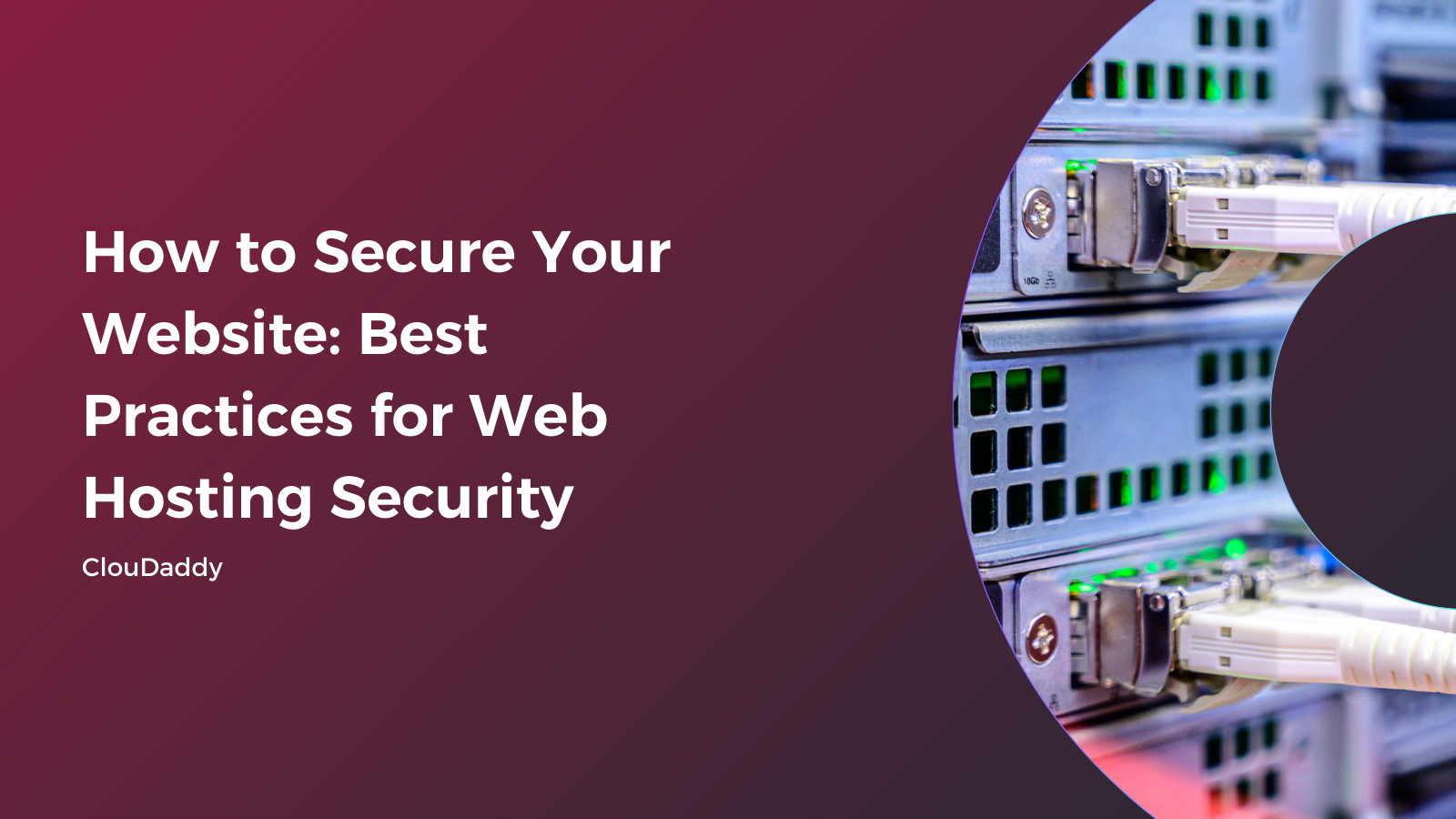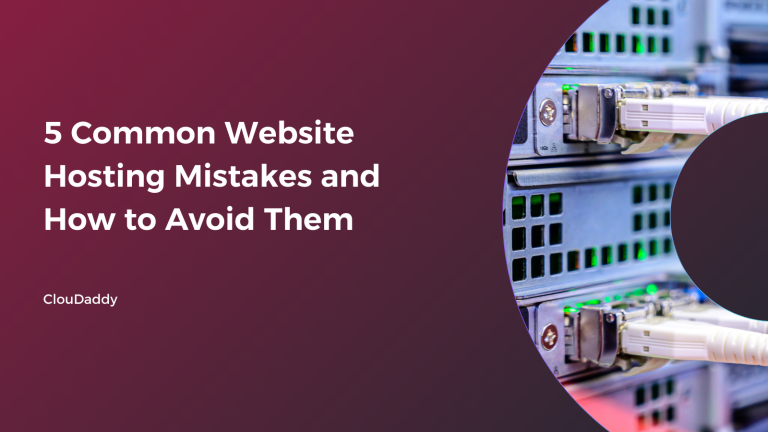How to Secure Your Website: Best Practices for Web Hosting Security

In today’s digital landscape, website security is more critical than ever. Cyber threats are constantly evolving, and a single breach can lead to significant data loss, financial damage, and a tarnished reputation. Fortunately, there are several best practices for securing your website, particularly through your web hosting provider. At Cloudaddy, we prioritize security to ensure that your website remains safe and protected. Here are some essential practices to enhance your web hosting security.
1. Choose a Secure Hosting Provider
The foundation of your website’s security lies in your choice of hosting provider. Look for a provider that prioritizes security measures, such as:
- Data Encryption: Ensure your provider offers SSL certificates to encrypt data transmitted between your server and your visitors.
- Firewalls: A good hosting provider should implement firewalls to protect against malicious attacks.
- Regular Updates: Choose a host that regularly updates their software, including the operating system, control panel, and web applications.
2. Use Strong Passwords and Two-Factor Authentication
Weak passwords are a significant vulnerability for any website. To enhance security:
- Create Complex Passwords: Use a mix of uppercase and lowercase letters, numbers, and special characters. Avoid using easily guessable information like birthdays or common words.
- Implement Two-Factor Authentication (2FA): Enable 2FA on your hosting account and content management system (CMS) to add an extra layer of protection. This requires a second form of identification (like a text message code) in addition to your password.
3. Keep Software Up to Date
Outdated software can be an easy target for hackers. Regularly update all components of your website, including:
- Content Management System (CMS): Whether you’re using WordPress, Joomla, or another platform, keep it updated to the latest version.
- Plugins and Themes: Regularly check for updates and remove any unnecessary or unused plugins and themes to minimize vulnerabilities.
4. Implement Regular Backups
Backing up your website is crucial for disaster recovery. In case of a cyber attack or data loss, having a backup ensures you can restore your site quickly. Consider the following:
- Automate Backups: Use tools or services that automatically back up your website at regular intervals (daily, weekly, etc.).
- Store Backups Offsite: Keep backups in a secure, offsite location to prevent data loss in case your primary server is compromised.
5. Monitor Your Website
Constant monitoring of your website can help identify and address potential security threats before they escalate. Consider these practices:
- Install Security Plugins: Utilize security plugins that provide features like malware scanning, intrusion detection, and vulnerability assessments.
- Regular Security Audits: Conduct regular audits to evaluate your website’s security posture and address any identified vulnerabilities.
6. Use Secure File Transfer Protocols
When transferring files to and from your server, ensure you use secure protocols:
- SFTP (Secure File Transfer Protocol): Use SFTP instead of FTP to encrypt data during file transfers.
- Secure Shell (SSH): For command-line access, use SSH for a secure connection instead of unsecured methods.
7. Set Proper File Permissions
File permissions dictate who can access, modify, or execute files on your server. To enhance security:
- Limit Permissions: Set the minimum permissions necessary for files and directories. For example, the typical permission settings for files should be 644 and for directories 755.
- Regularly Review Permissions: Periodically check and adjust permissions to ensure they align with your security needs.
8. Utilize Web Application Firewalls (WAF)
A Web Application Firewall helps protect your website from common threats like SQL injection and cross-site scripting (XSS). Implementing a WAF can significantly enhance your security posture by filtering and monitoring HTTP traffic to your website.
9. Educate Yourself and Your Team
Human error is often a significant factor in security breaches. Training yourself and your team on security best practices can help mitigate risks:
- Phishing Awareness: Educate yourself and your team on recognizing phishing attempts and other social engineering attacks.
- Secure Coding Practices: If you or your team are developing custom applications, ensure they follow secure coding practices to avoid vulnerabilities.
10. Regularly Review Your Security Policies
Finally, regularly reviewing your security policies and procedures ensures they remain effective against evolving threats. Assess and update your security strategy to address new vulnerabilities and keep your website secure.
Conclusion
Website security is an ongoing process that requires diligence and proactive measures. By following these best practices and working with a reliable hosting provider like Cloudaddy, you can significantly reduce your risk of cyber threats and protect your online presence. Remember, a secure website not only safeguards your data but also builds trust with your visitors. Ready to enhance your website’s security? Choose Cloudaddy and enjoy peace of mind with our top-notch security features!





